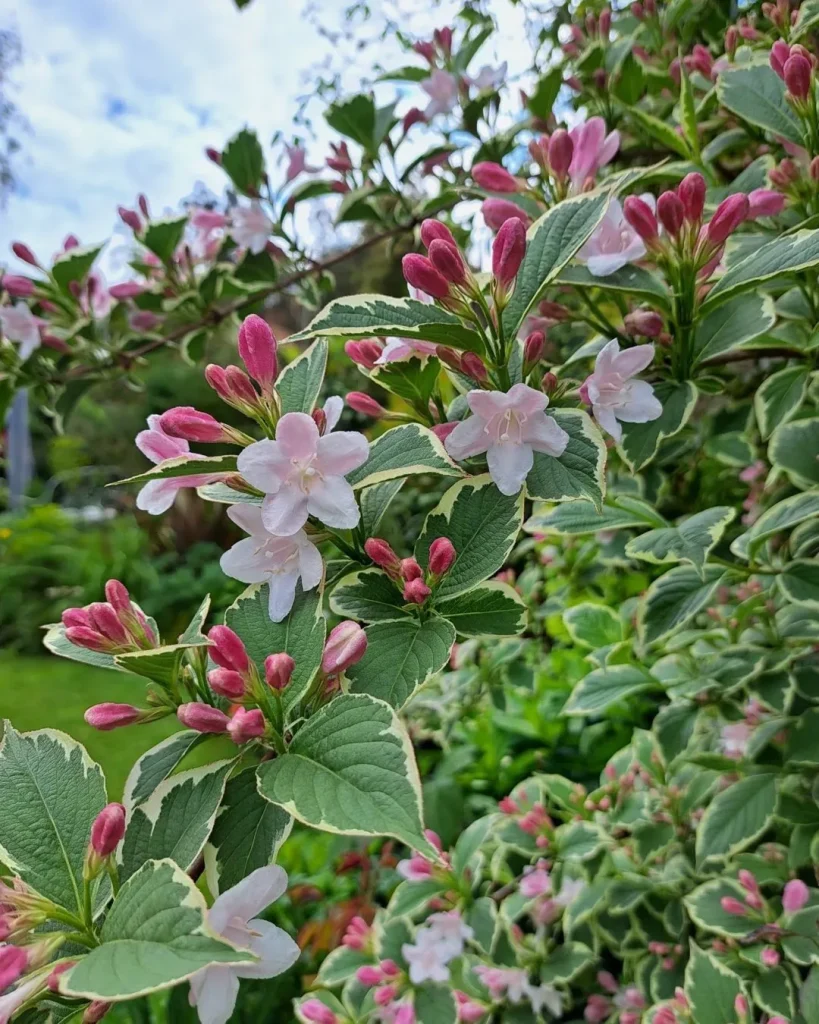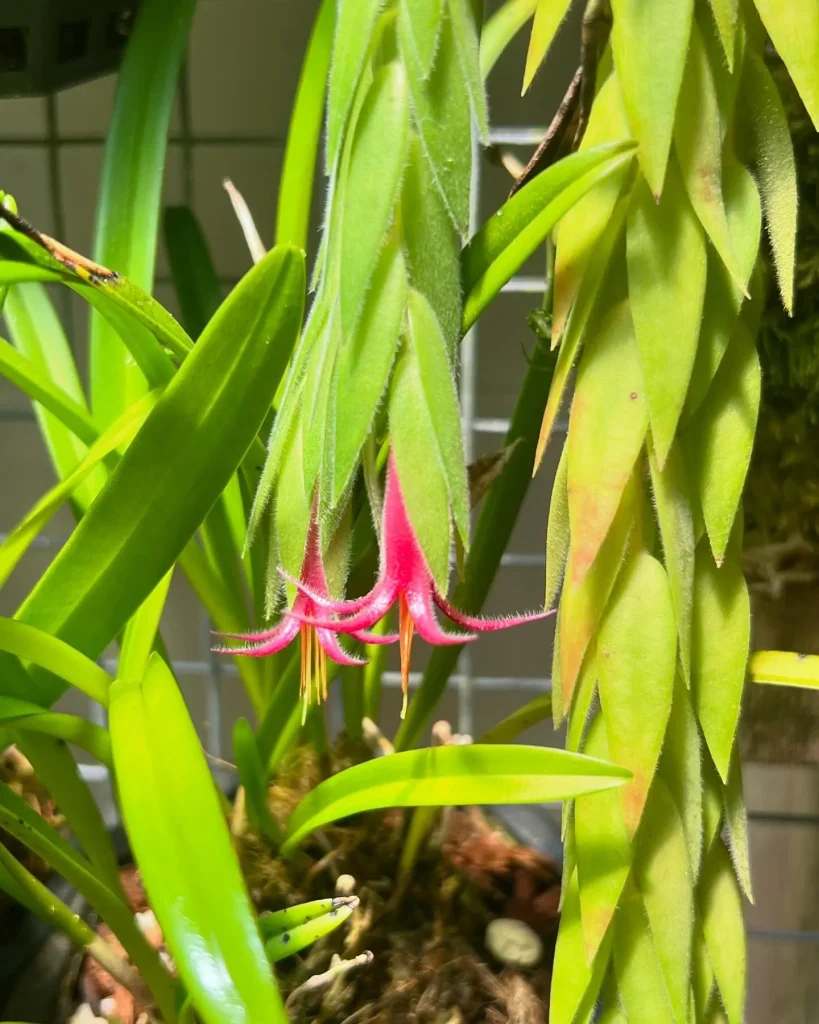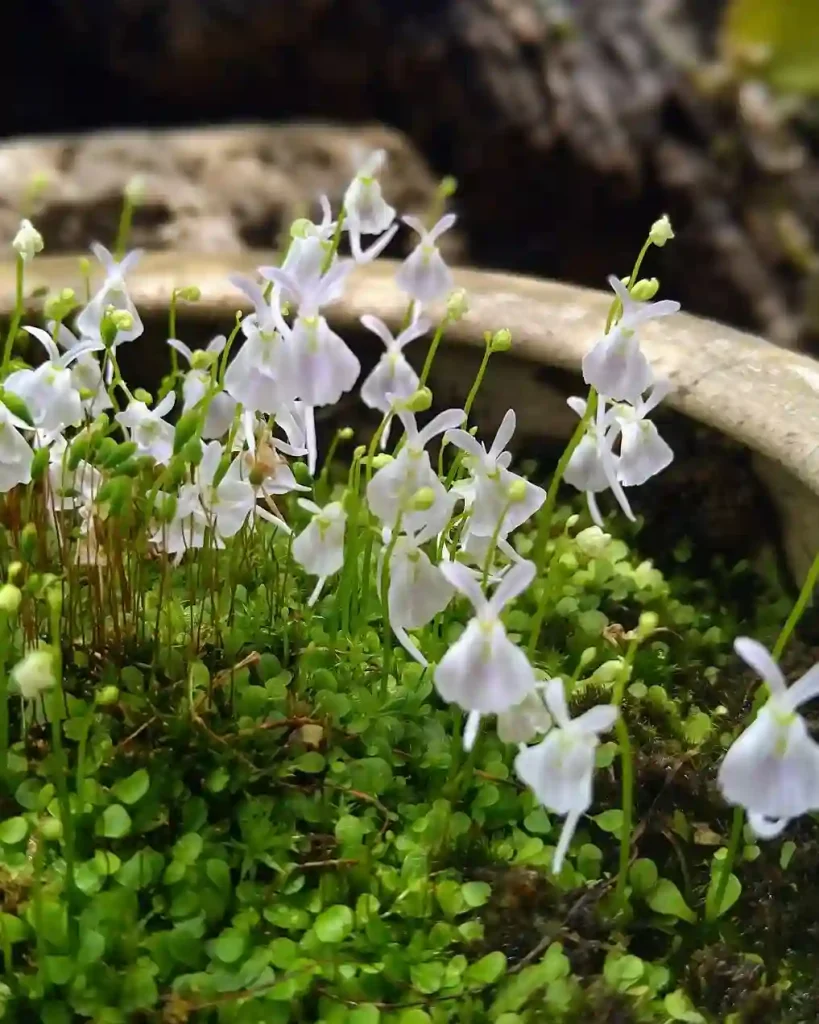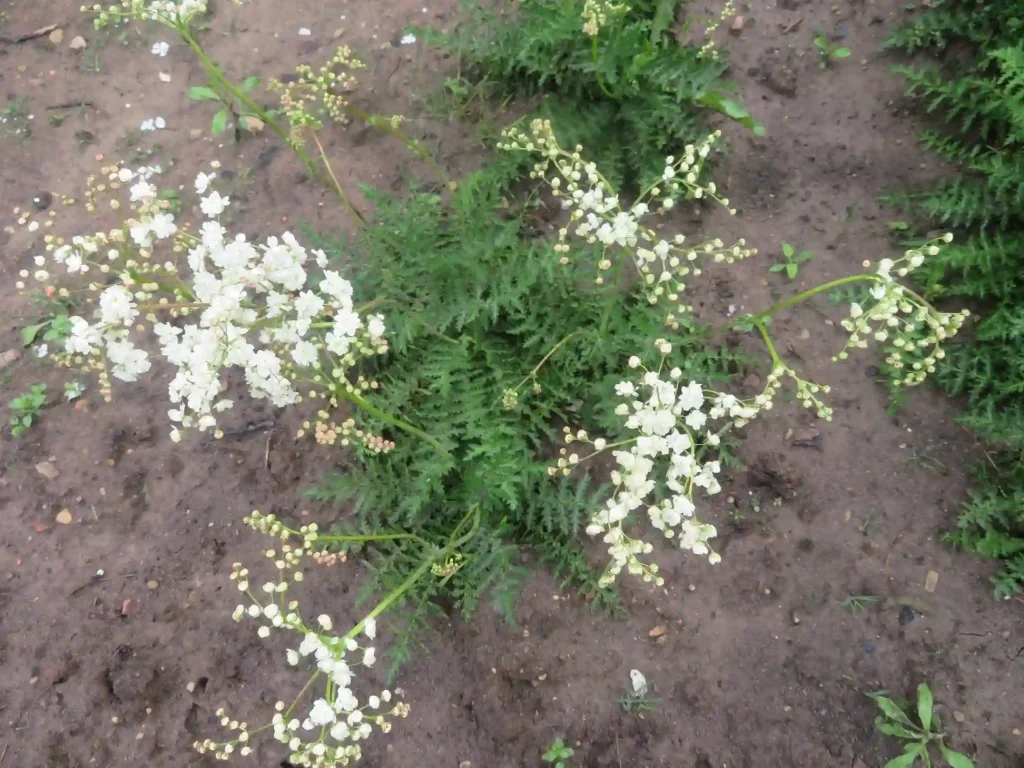My Journey with Salvia Amistad
Salvia Amistad is a remarkable plant that has brought vibrant color and life to my garden. With its stunning deep purple flowers and lush green foliage, it has become one of my favorite additions. Over time, I’ve learned a great deal about caring for this beautiful plant, and I’m excited to share my experiences and tips with you.
1050 Species in Genus Salvia
Salvia Amistad vs Black and Blue
When I tried Salvia ‘Amistad,’ I was impressed by its vibrant, royal purple flowers and how it brought a bold pop of color to my garden. In contrast, Salvia ‘Black and Blue’ has an equally stunning impact, with its deep blue flowers and black calyces that create a dramatic effect. I found ‘Amistad’ to be a bit more resilient in the heat, while ‘Black and Blue’ had a unique charm with its dark-toned blossoms that really stood out in a mixed flower bed. Overall, both salvias are gorgeous, but ‘Amistad’ seemed to thrive better in my climate, making it my go-to for consistent color.
When to Cut Back Salvias Amistad?
Timing is crucial when it comes to cutting back Salvia Amistad. I usually wait until late autumn or early spring to give them a good prune. This timing allows the plant to conserve energy during the winter months and promotes healthy new growth in the spring. Pruning too early or too late can stress the plant, so it’s important to get this right.
Do You Deadhead Salvia Amistad?
Yes, deadheading Salvia Amistad is essential to encourage continuous blooming. By removing spent flowers regularly, you can promote new blooms and keep the plant looking neat and tidy. I find that deadheading every couple of weeks during the blooming season works best for maintaining its vibrant appearance.
Does Salvia Amistad Die Back in Winter?
In my experience, Salvia Amistad does tend to die back in winter, especially in colder climates. However, this is perfectly normal. The plant usually re-emerges in the spring, stronger and more vigorous. In milder climates, it might retain some of its foliage, but generally, a period of dormancy is expected.
How Do You Look After Salvia Amistad?
Looking after Salvia Amistad involves providing it with the right conditions and regular care. It thrives in well-drained soil and prefers a sunny spot. I water mine deeply but infrequently, allowing the soil to dry out between waterings. Mulching around the base helps retain moisture and suppress weeds.
How to Care for Salvia Amistad?
Caring for Salvia Amistad also includes feeding it with a balanced fertilizer during the growing season. I usually apply a slow-release fertilizer in early spring and then again in midsummer. Regular monitoring for pests and diseases is also important. Thankfully, Salvia Amistad is relatively pest-resistant, but keeping an eye out ensures any issues are caught early.
How to Overwinter Salvia Amistad?
Overwintering Salvia Amistad can be a bit of a challenge in colder regions. To protect mine, I cut it back and apply a thick layer of mulch to insulate the roots. In particularly harsh climates, I’ve even potted some and brought them indoors to ensure they survive the winter months.
How to Propagate Salvia Amistad?
Propagating Salvia Amistad is relatively straightforward. I’ve had success with both cuttings and division. For cuttings, I take healthy, non-flowering shoots in the summer, dip them in rooting hormone, and plant them in a well-draining potting mix. For division, I split the root ball in early spring before new growth starts.
How to Prune Salvia Amistad?
Pruning Salvia Amistad is essential for maintaining its shape and encouraging vigorous growth. I usually do a light prune after the first flush of flowers in early summer, cutting back by about one-third. A more severe prune can be done in late autumn or early spring to remove dead wood and shape the plant.
Is My Salvia Amistad Dead?
If your Salvia Amistad looks dead, don’t panic. It’s quite hardy and often bounces back after a period of dormancy. Check the roots; if they are still firm and healthy, there’s a good chance the plant will recover. Patience is key—sometimes it just needs a bit more time to show signs of life.
Is Salvia Amistad a Perennial?
Yes, Salvia Amistad is a perennial. It reliably returns year after year, provided it’s given the right care and conditions. In warmer climates, it may even maintain some of its foliage year-round.
Is Salvia Amistad Drought Tolerant?
One of the things I love most about Salvia Amistad is its drought tolerance. Once established, it can handle dry spells quite well. However, during prolonged periods of drought, I do give it an occasional deep watering to keep it healthy.
Is Salvia Amistad Evergreen?
In mild climates, Salvia Amistad can be semi-evergreen, retaining some of its foliage through the winter. However, in colder areas, it typically dies back and re-emerges in the spring.
Is Salvia Amistad Hardy?
Salvia Amistad is relatively hardy and can withstand light frosts. However, in areas with severe winters, some protection may be needed to ensure it survives the cold.
What to Plant with Salvia Amistad?
I enjoy pairing Salvia Amistad with other sun-loving perennials like Echinacea and Rudbeckia. The contrasting colors create a stunning display. Additionally, ornamental grasses can add texture and movement, complementing the striking blooms of Salvia Amistad beautifully.
Salvia Amistad has truly been a joy to have in my garden. With the right care and attention, it can be a standout feature in yours too. Happy gardening!
If i die, water my plants!



